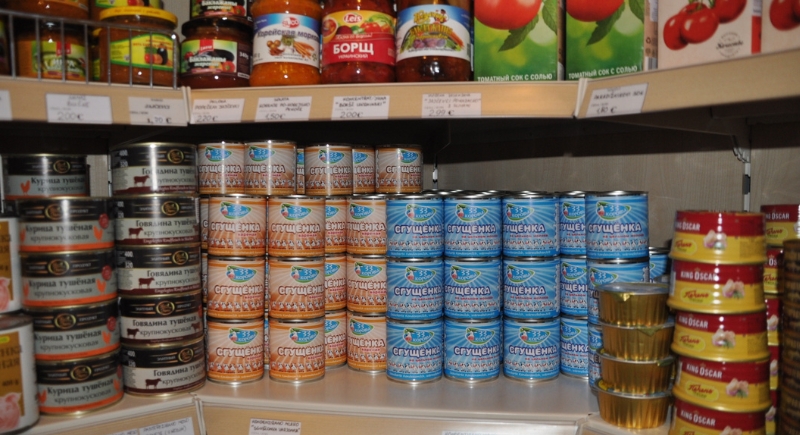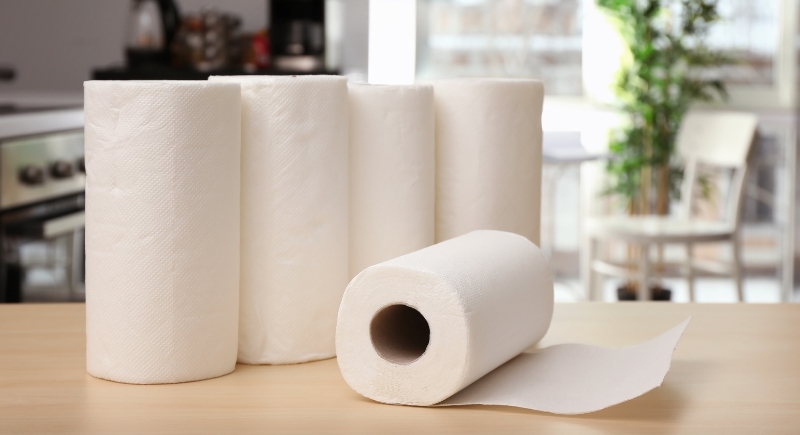Everyday Items That Used to Be Affordable but Are Now a Total Rip-Off?
If you’ve noticed your wallet shrinking faster than your shopping list, you’re not alone. The cost of regular stuff—haircuts, snacks, cleaning supplies—has climbed to ridiculous levels. What used to be part of everyday life now feels like a small luxury. Here are fifteen ordinary things that have become unexpectedly expensive.
Rent

Credit: Getty Images
The cost of living has risen faster than wages. Apartments once under $1,000 now push past $1,500 in many regions. Younger renters share spaces longer, and retirees face limited downsizing options. What was once an achievable expense on one income now often demands two, plus strict budgeting.
Dining Out

Credit: Getty Images
Restaurant dining has changed from casual to calculated. Ingredient prices, delivery fees, and wage adjustments drive higher tabs. A modest meal for two that once cost $30 can now hit $50 or more. Fewer people eat out regularly, choosing home cooking for value and predictability instead.
Haircuts

Credit: Canva
Salon visits have doubled in price over the last few decades. A simple trim averages $40 to $50 in many cities. Increased rent, staffing shortages, and product costs push prices upward. Regular maintenance now feels discretionary, prompting many to stretch appointments or learn basic cuts at home.
Vehicles

Credit: Canva
Even entry-level models carry premium price tags. New cars regularly exceed $40,000, while used models command historic highs. Rising interest rates compound the burden. Once a sign of independence, owning a car now resembles a long-term financial commitment that competes with housing for affordability.
Printer Ink and Cartridges

Credit: Getty Images
Printer ink remains one of the most complained-about expenses in home offices. While industry prices haven’t spiked dramatically, cartridges still feel overpriced for their size. Proprietary designs keep cheaper refills out, leaving buyers few options. Printing simple documents often costs more than expected, making ink an enduring example of hidden household inflation.
Streaming Subscriptions

Credit: Getty Images
The promise of cheaper entertainment faded. Subscribing to several platforms can now exceed old cable bills. Additional fees for ad-free viewing or premium shows raise costs further. What began as a cost-saving solution has become an ongoing cycle of cancellations and renewals to manage monthly spending.
Childcare and Daycare

Credit: alamy
Daycare rates have soared, especially in metro areas. Hourly sitters or part-time nannies may charge $40–$50, sometimes with minimal certification. Facilities face staffing and insurance costs that raise prices faster than wages.
Concert Tickets

Credit: pexels
Ticketing platforms like Ticketmaster add service charges that push prices far above face value. Even modest seats can cost hundreds of dollars. Fans are beginning to skip tours altogether unless it’s a once-in-a-lifetime performance.
Canned Goods and Pantry Staples

Credit: pixabay
Now even the simplest pantry items cost more than expected. A single can of beans or soup can sell for nearly double what it did a few years ago. Rising costs for metal, packaging, and fuel have pushed prices up across grocery aisles. For households that depend on shelf-stable food to stretch their budget, the increase has turned basic staples into a steady financial strain.
Household Paper and Consumables

Credit: pixelshot
Basic paper goods have seen steady, compounding price hikes. Toilet paper and towels cost about one-third more than in 2020. Shoppers switching brands rarely find savings. Because these items are essential, their rising cost quietly eats into household budgets without offering any improvement in quality.
Gum and Snack Items

Credit: pexels
Candy and gum prices have climbed sharply, rising about 40 percent in the past decade. Convenience stores add further markups, turning impulse buys into small luxuries. Even if a $6 pack of gum isn’t the norm, the feeling of overpaying for a minor treat has become increasingly common across checkout counters.
Bowling and Leisure Outings

Credit: Getty Images
A night of casual entertainment now carries a noticeable premium. Bowling alleys added lounges, menus, and screens, raising overall costs without formal price tracking. Government data show recreation prices inching up, but customers see a bigger shift in experience, where a simple night out feels closer to an event budget.
Pools

Credit: Getty Images
Pool ownership now demands more than upkeep. Replacement filters or valves sold under pool brands cost far more than similar hardware items. The pricing gap stems from industry exclusivity. Homeowners who once maintained pools casually now research online sources or delay repairs to avoid inflated parts.
Amusement Parks

Credit: Photo Images
A day at an amusement park now starts with $20 parking, then $9 drinks, and $10 snacks. Concessions have turned into a profit center, often doubling the total cost of entry. Many families bring their own food or shorten visits to stay within what used to be a normal budget.
Having Kids

Credit: Getty Images
Raising children has grown steadily more expensive. Diapers, daycare, school activities, and healthcare now strain average household budgets. Government data estimates yearly costs exceeding $18,000 per child in many regions. The decision, once seen as natural, now requires serious financial planning for families balancing savings, debt, and everyday living expenses.